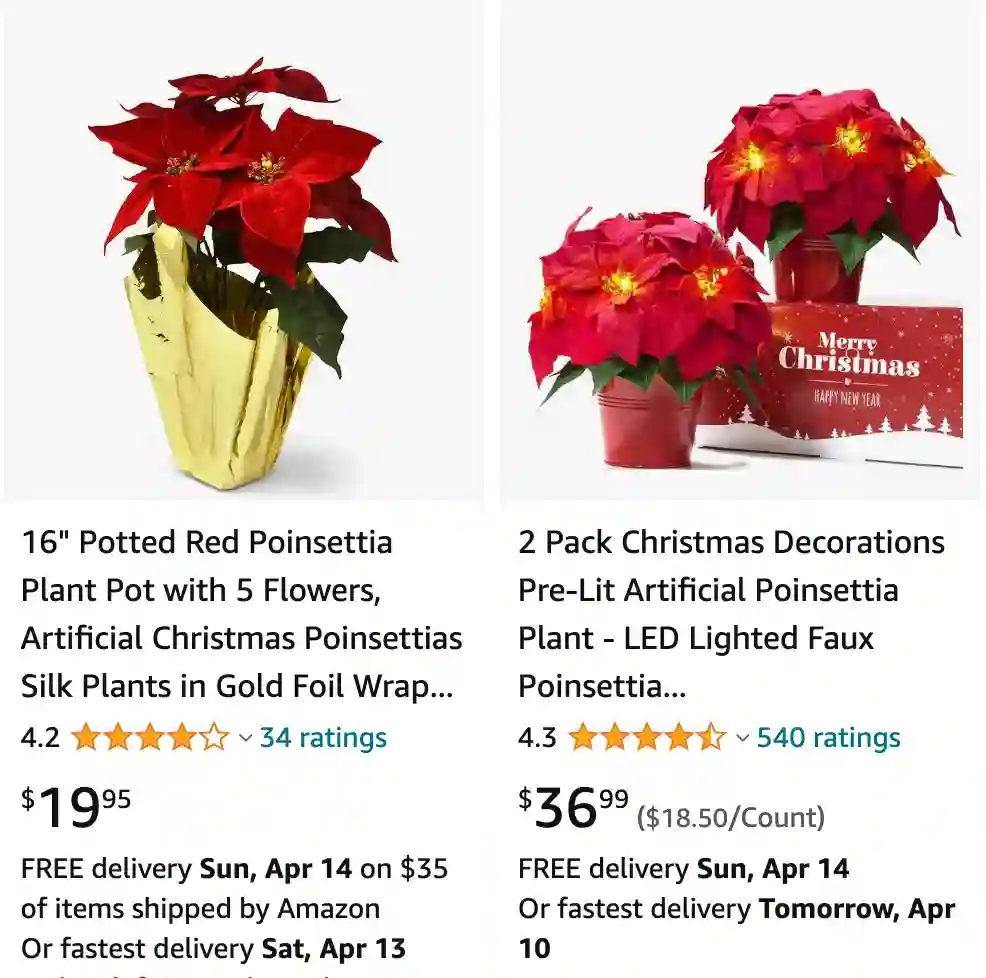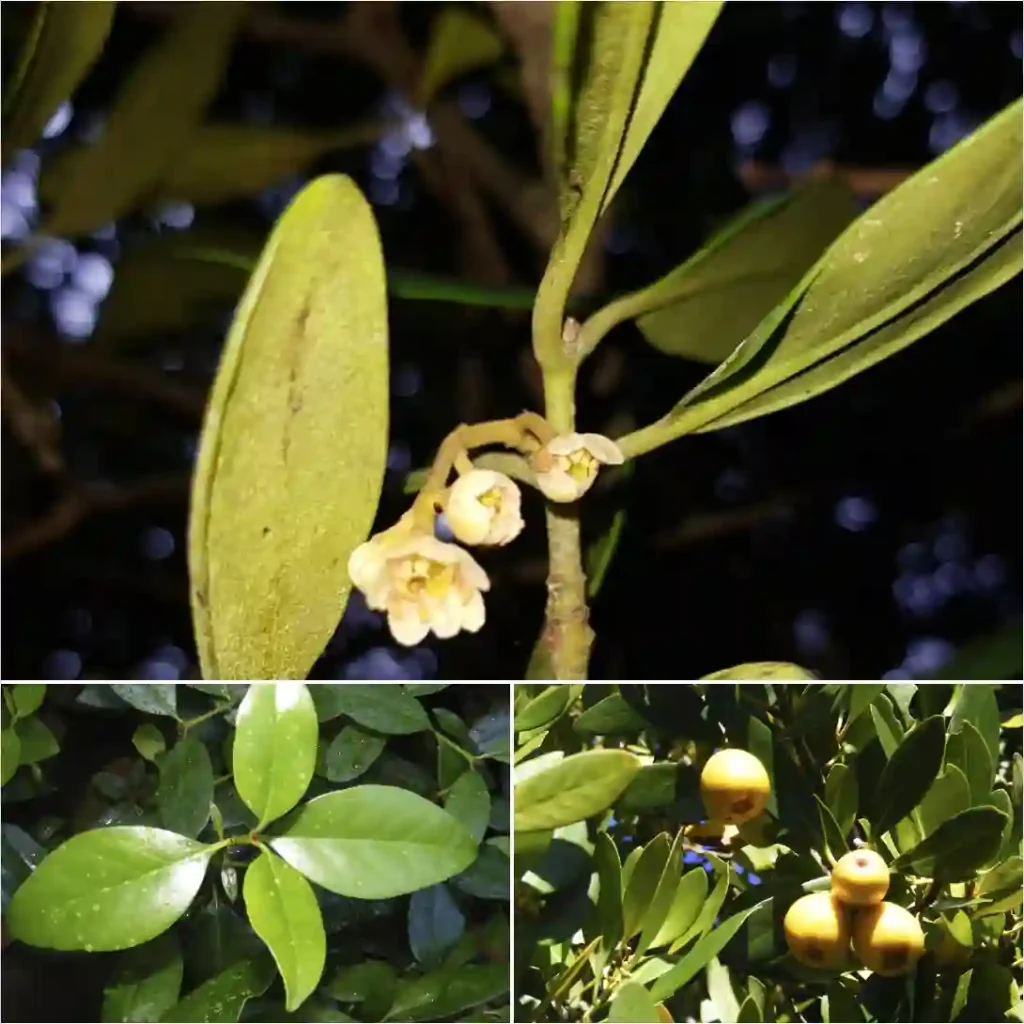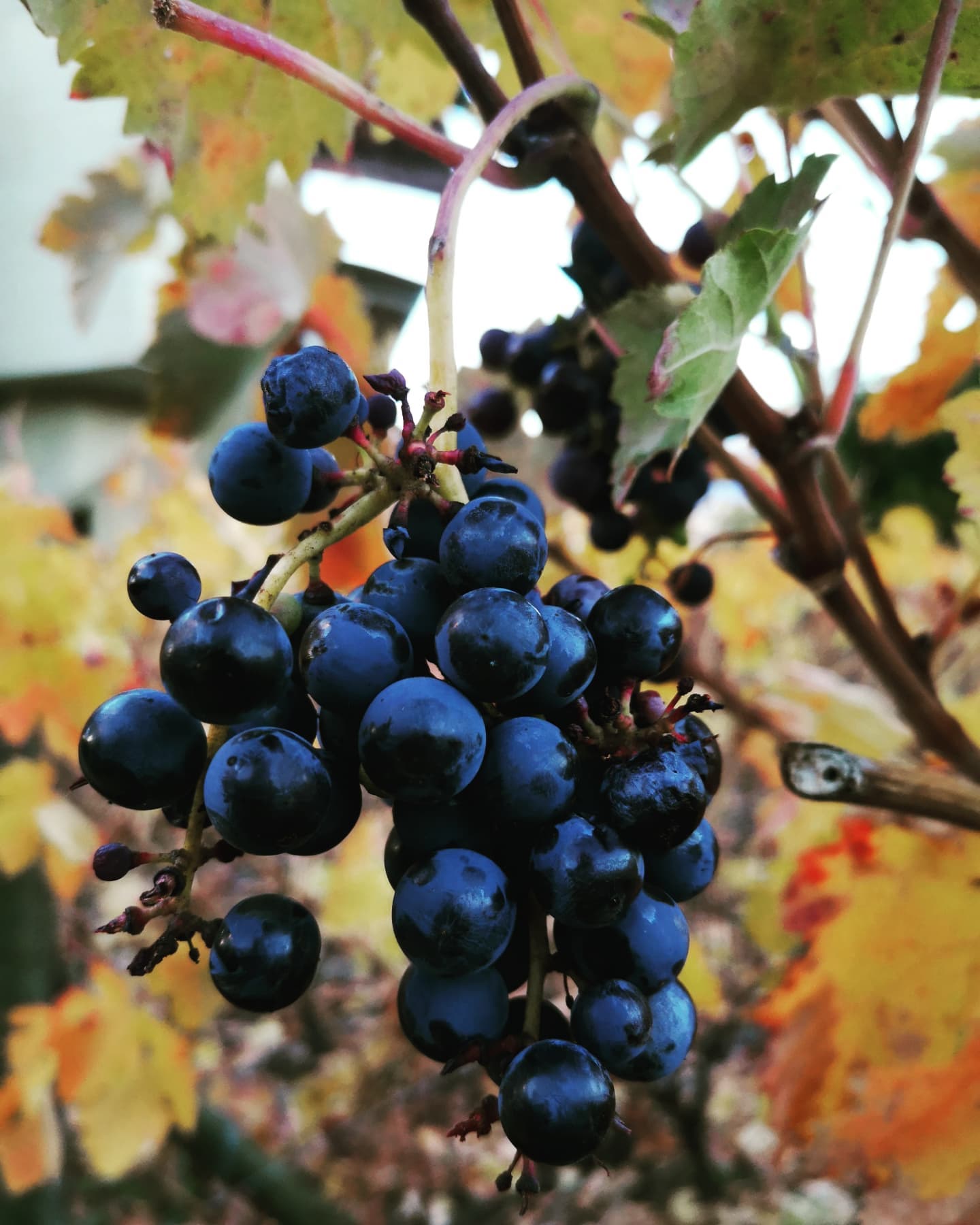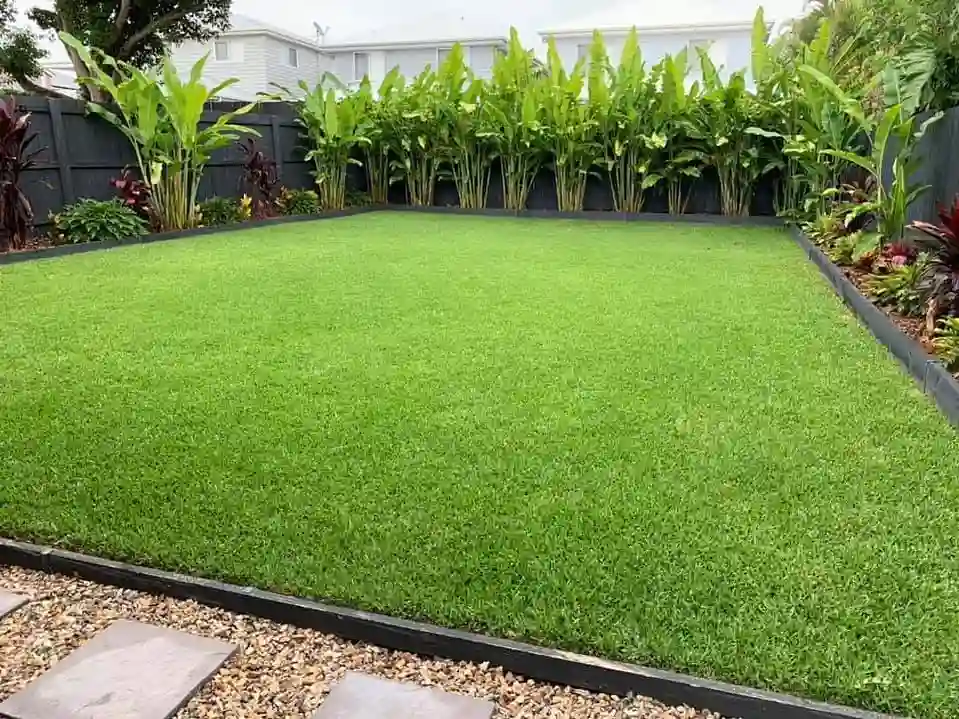
Poinsettia – Euphorbia Pulcherrima: A Festive Icon
As someone who has always appreciated the subtle art of gardening and home décor, I find the Poinsettia (Euphorbia pulcherrima) a fascinating plant. Its vibrant bracts, which many mistake for flowers, are the highlight of the holiday season. I’ve grown them, gifted them, and admired their presence in homes, stores, and public spaces. Over time, I’ve come to see the poinsettia not just as a holiday decoration but as a living testament to tradition, science, and beauty.
2093 Species in Genus Euphorbia
Origins and History
Poinsettias are native to Mexico, where they grow as shrubs or small trees, often reaching heights of up to 10 feet in the wild. They were first used by the Aztecs, who called them Cuetlaxochitl. The Aztecs found practical uses for the plant—extracting dye from the bracts and making medicinal remedies from its latex.
The plant became associated with Christmas through a Mexican legend. A poor girl, unable to afford a gift for Jesus on Christmas Eve, gathered weeds that miraculously transformed into vibrant red poinsettias. This connection cemented its place in holiday traditions.
The plant was introduced to the United States in 1828 by Joel Roberts Poinsett, the first U.S. ambassador to Mexico. Poinsett’s fascination with the plant led to its widespread cultivation, and it was eventually named after him.
A Closer Look at Poinsettias
The “flowers” of the poinsettia are actually modified leaves called bracts. These bracts come in a range of colors, including red, pink, white, and even speckled varieties. The actual flowers are tiny, yellow structures located at the center of the bracts, known as cyathia. When these tiny flowers are present, the plant is in its peak ornamental phase.
I’ve noticed that the color vibrancy of the bracts depends on the plant’s exposure to light. Poinsettias are short-day plants, meaning they require long nights (about 14 hours of uninterrupted darkness) for six to eight weeks to change color. Managing this light exposure can be a challenge, especially in homes with artificial lighting. I’ve often had to create makeshift dark rooms or cover my plants with boxes to mimic the conditions they need.
Care and Maintenance
Caring for poinsettias requires a balance of attention and restraint. Here’s what has worked for me:
- Light and Temperature: They thrive in bright, indirect sunlight. Temperatures between 60-70°F (15-21°C) are ideal. Sudden drafts or extreme temperature changes can cause the leaves to drop.
- Watering: Overwatering is a common mistake. I let the soil dry slightly between waterings and ensure the pot has good drainage.
- Post-Holiday Care: Once the holidays are over, many people discard their poinsettias, but I find it rewarding to keep them alive year-round. In spring, I prune them back to about 6 inches, repot them, and fertilize them to encourage new growth.
Symbolism and Impact
The poinsettia is more than a plant; it’s a cultural symbol. It represents celebration, renewal, and the warmth of the holiday spirit. For me, its presence evokes memories of family gatherings, festive decorations, and shared traditions. Beyond its symbolic role, the poinsettia industry has significant economic value. In the U.S. alone, it’s one of the most commercially important potted plants, with millions sold each year.
Challenges and Misconceptions
One challenge I’ve faced with poinsettias is the pervasive belief that they are poisonous. While their sap can irritate the skin and cause mild discomfort if ingested, they are not as toxic as many think. Keeping them out of reach of pets and children is still a good idea, though.
Another common issue is leaf drop, often caused by stress from improper watering or placement in a drafty location. Over time, I’ve learned to read the plant’s signals and adjust care accordingly.
My Personal Connection
Every December, I find myself drawn to poinsettias, selecting a few to grace my living room. There’s something about their bold colors that brings life to a space. Watching them thrive through the season—and sometimes beyond—gives me a sense of accomplishment. I’ve even started experimenting with less common varieties, like the creamy white ‘Winter Rose’ or the speckled ‘Jingle Bells.’
The poinsettia’s ability to brighten a room, carry deep cultural meaning, and challenge my gardening skills makes it one of my favorite plants. It’s more than a decoration; it’s a living story, one that I’m proud to be a part of every year.
FAQs
Are poinsettia plants poisonous to cats?
Yes, poinsettias can be a bit of a worry around curious cats! It seems like every year around the holidays, I find myself on high alert because Charlie (my cat) is fascinated by poinsettias. Thankfully, I haven’t had any major incidents. He might nibble on a leaf if I’m not paying close attention, and then he usually just foams at the mouth a little and seems mildly disgusted. But, it’s definitely a situation where better safe than sorry is the motto. I try to keep the poinsettia out of his reach altogether, just to avoid a trip to the vet.
How long does a poinsettia live?
My experience with poinsettias is that they’re sadly pretty short-lived as those beautiful holiday houseplants. I can usually get them to stay vibrant and healthy through the season and maybe into January. But, by February, they start looking droopy and sad regardless of how much care I give them. I’ve heard some people manage to keep poinsettias going all year long and even get them to rebloom, but I’ve never had much luck with that – it seems like too much work for me!
When should i put my poinsettia in the dark?
Honestly, I’ve never bothered trying to rebloom a poinsettia. It seems like a lot of effort! Since poinsettias are so inexpensive around the holidays, I usually just toss mine out when it starts to fade and then pick up a fresh one the following year. If you are really committed to making yours last longer, I understand you need to start putting them in the dark around October. You’ll need to give them long periods of uninterrupted darkness every night to trick them into reblooming.
Can i plant poinsettia outside?
Unfortunately, I don’t think I’ve ever been successful planting a poinsettia outside. I live in a region where winters get pretty cold, so they definitely wouldn’t survive the frost. I’ve always considered poinsettia as indoor, holiday plants. From what I’ve heard, maybe if you live in a consistently warm climate with no risk of frost, you could plant one outdoors, but I don’t have any personal experience with that.
How to make the poinsettia turn red?
Ah, the trick to getting those poinsettias gloriously red! It’s all about mimicking their natural environment. Poinsettias come from Mexico, where they have shorter days and cooler nights during the winter. Here’s what I’ve done in the past: around eight weeks before I want the poinsettia to be bright red (usually aiming for December), I need to be sneaky with some darkness. Every night, I have to give it at least 14 hours of complete darkness. That means finding a spot to put it where there’s no light at all – a closet works in a pinch, but I sometimes drape a dark cloth over it too. During the day, it gets lots of bright light by a sunny window. It’s a bit of a hassle, but so worth it when those red bracts (the colorful bits most people think are petals) come bursting through!
What does the poinsettia symbolize?
Poinsettias have always symbolized the Christmas season for me. Their bright red and green colors just scream winter holidays and cozy vibes. I also love how they remind me of a beautiful Mexican legend about a poor girl who offered a humble gift that transformed into a stunning red flower – it’s a reminder that kindness and generosity are their own reward. And of course, the star shape of the poinsettia always brings to mind the Star of Bethlehem, adding a touch of religious symbolism for anyone who celebrates Christmas.
Are poinsettia toxic to dogs?
I’ve always been a little worried about poinsettias around my dogs. While they’re not as toxic as people often think, poinsettias can still upset a dog’s stomach. The sap in the plant is mildly irritating, so if my pups get too curious and decide to nibble on a leaf, they might experience some drooling, vomiting, or maybe a touch of diarrhea. Luckily, I’ve never had anything too serious happen, but I still try to keep the poinsettia out of their reach, just in case!
Why is my poinsettia dropping leaves?
Poinsettias are notoriously fussy, and I’ve definitely had my share of them dropping leaves! If it were me, the first suspects would be drafts and watering issues. They hate sudden temperature changes, so even a brief blast of cold air by the front door can make them react dramatically. Also, they’re shockingly picky about watering: too much and their leaves turn yellow and fall off, and too little makes them wilt and lose leaves too. It’s a tricky balance! If it’s not that, I’d also consider whether it’s been moved recently – they dislike any kind of change!
What to do with poinsettia after christmas?
After Christmas, my poinsettia usually enters a gamble for survival in my house. It can be a bit depressing watching the vibrant colors fade, but there are a couple routes I can take. If I’m feeling ambitious, I can try to keep it going and potentially even get it to rebloom next Christmas. This involves giving it the right light (lots of bright, indirect sun), keeping it consistently moist but not soggy, and strategically giving it long stretches of darkness in the fall to trigger flower production again. Honestly, it’s a bit of a process, and I haven’t had much luck in the past.
The other option, and the one I usually resort to, is to simply enjoy it for as long as it lasts and then compost it or toss it when it starts looking sad. Poinsettias are pretty inexpensive around the holidays, so I don’t feel too bad about considering them disposable decorations. Although, who knows, maybe this year will be the year I finally get mine to rebloom!
Where to buy poinsettia?
During the holiday season, finding poinsettias is usually a breeze! Here are the first places I check:
Grocery Stores: Most major grocery stores carry poinsettias around Christmas time. They’re convenient and often have pretty good prices.
Garden Centers/Nurseries: If you’re looking for a wider selection of sizes and maybe even some more unusual colors, garden centers are the place to go. You might pay a bit more, but usually, the plants are healthier and better cared for.
Home Improvement Stores: Places like Lowe’s or Home Depot often have a big selection of holiday plants, including poinsettias. The prices are usually decent too.
Florists: Of course, a florist would have poinsettias! It’ll likely be the most expensive option, but you might get fancier arrangements or unique varieties.
Why is my poinsettia wilting?
Oh no, the dreaded poinsettia wilt! These plants can be such divas, so there are a few potential culprits that usually come to mind for me:
Watering Issues: Poinsettias are in this weird zone where they hate soggy roots from overwatering, yet they absolutely despise being parched! I tend to err on the side of less water – checking the soil with my finger first. If it’s dry a couple inches down, I give it a thorough watering.
Drafts and Temperature Shocks: They’re surprisingly sensitive to drafts! Even standing too close to an air vent or a drafty window can cause sudden wilting or leaf drop. Same with a sudden blast of cold air if someone opens the front door.
Stress from a Move: Did you purchase it recently? Sometimes just the move from the store to your home can cause temporary wilting. If other issues are ruled out, give it a few days to recover in a bright, draft-free spot.
How to turn a poinsettia blue?
While you might see poinsettias in all kinds of fun colors, including blue, getting them that way isn’t a natural process! Here’s the scoop on how poinsettias get their vibrant hues:
Dye or Paint: The most common way to achieve unusual colors like blue is actually through dye or paint. Growers carefully apply these substances to the bracts (the colorful leaf-like parts) to change their color.
Breeding and Experimentation: There’s some work being done to breed poinsettias with naturally different colors, but I don’t think there’s a truly blue variety out there just yet. It’s likely a combination of plant breeding and dyeing techniques used to achieve those stunning colors.
Unfortunately, you can’t easily turn a poinsettia blue at home. If you’re really set on a blue poinsettia, your best bet is to find a florist or garden center that carries them around the holidays!
Can you grow poinsettia from cuttings?
Yes, you absolutely can grow poinsettias from cuttings! It’s actually the most common way to propagate them. Here’s a simplified version of what I’ve done in the past:
Timing: The best time for taking cuttings is in the spring or early summer when the plant has fresh growth.
Cuttings: Snip healthy stems about 3-4 inches long, cutting just below a leaf node.
Rooting Hormone: I like to dip the cut end in rooting hormone. It’s optional, but it can help boost root development.
Planting: Plant the cuttings in a pot of well-draining soil mix. I keep it consistently moist but not soggy.
Environment: Place the pot in a warm, bright location with indirect sunlight. A plastic bag over the pot can create a mini-greenhouse environment, but remember to provide ventilation.
It takes a few weeks for roots to develop. With a little patience, you can have a whole new poinsettia plant! There are plenty of in-depth tutorials online if you want more detailed instructions.
If i die, water my plants!



